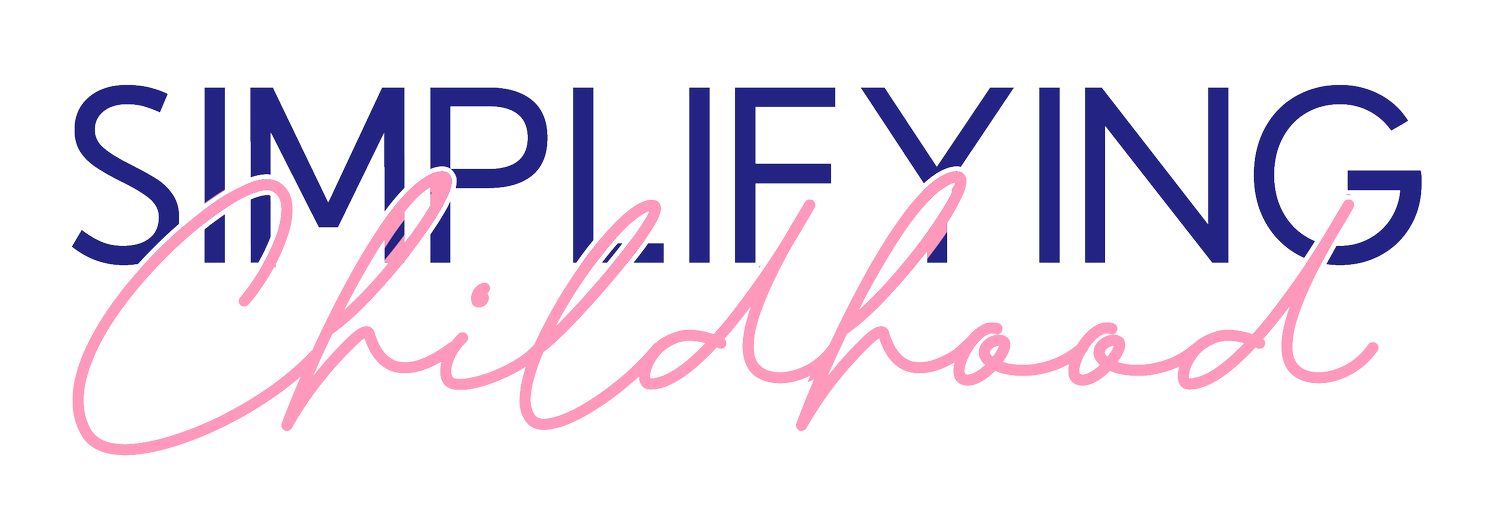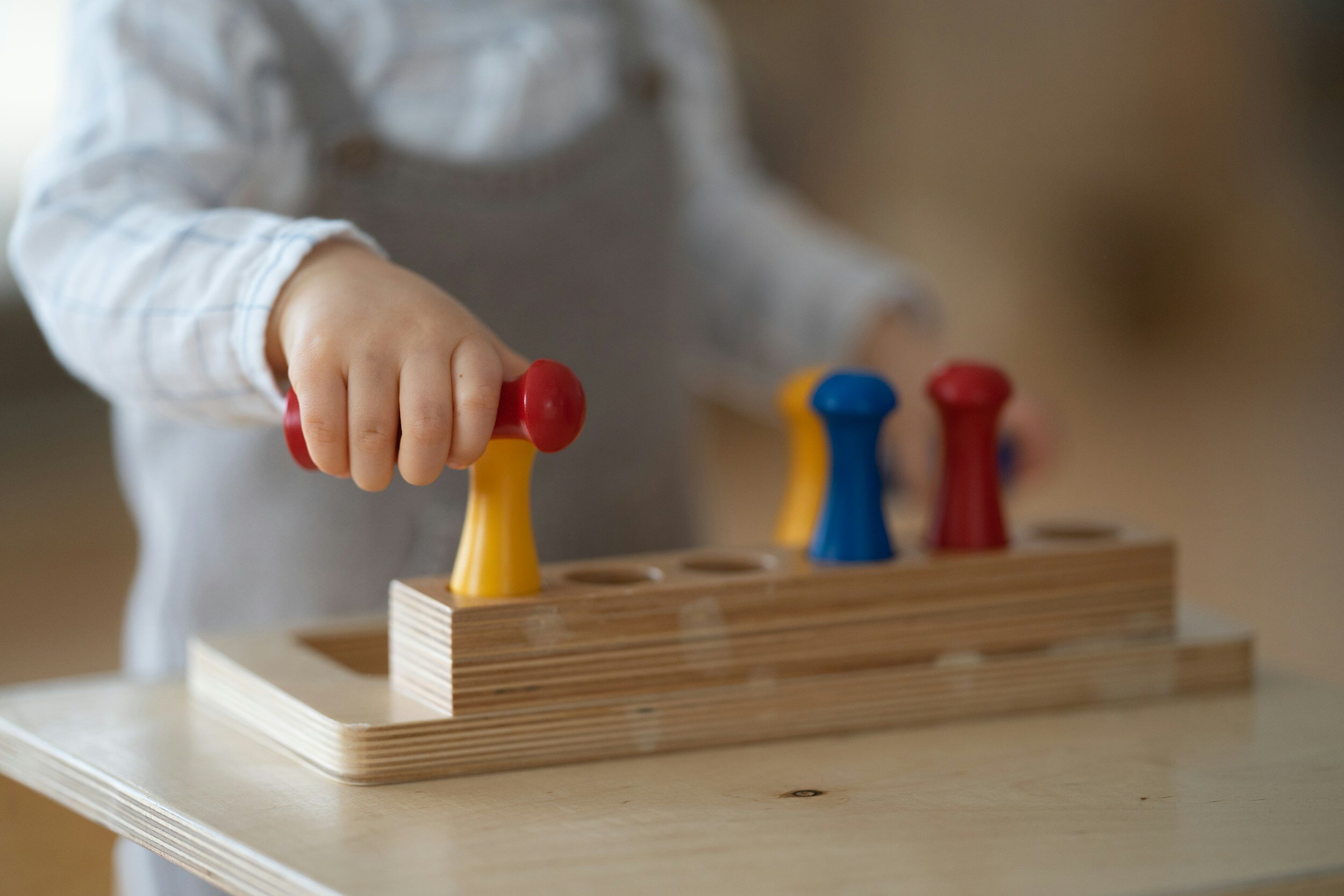Education Revolution: Montessori, Waldorf, RIE, Democratic & Reggio Explained!
We are our children's first teachers, and that's not limited to flashcards or extracurricular activities. From the very beginning, we teach our children that comfort can be found in a hug, that love can be instant, and that together, we can conquer anything. In those early weeks, we teach them how to eat, sleep, play, and be a family. As they grow, we may think our role as educators is less important, but nothing could be further from the truth.
You have the power to shape their understanding of the world and their own learning experiences. It's a big responsibility, but don't worry, you've got this!
Think back to your own experiences with education. Were you a visual learner? Did you prefer hands-on activities? Can you think of a teacher that really was amazing? I bet it wasn’t just because they stood at the whiteboard and talked. In being our child’s first teacher it isn’t about setting up insta-worthy play setups or having the right toys, it’s about connecting and inspiring. But this can seem so daunting, there is so much conflicting information out there. But, it's important to remember that every child is unique and learns differently and we need to work with the child in front of us, and at times that can be contradictory to a particular approach or idea, and that is okay. By being aware of different learning theories and our own biases, we can tailor our approach to our child's individual needs.
So, grab a cuppa and today I am going to deep dive into a handful of learning theories and educational approaches.
Montessori
Montessori is an educational approach that emphasizes self-directed activity and independent learning. It is named after Dr. Maria Montessori, who believed in teaching children through play and exploration. Montessori classrooms are designed to encourage children to learn at their own pace and in their own way. Materials a designed for children to engage with independently as they are self correcting and a strong focus on one skill at a time. There is a sense of order to the environment and the way in which children work within it through the use of trays and mats to work on.
Here are some practical ways to implement Montessori in the classroom and at home:
Montessori at home:
Provide opportunities for children to explore and discover.
Encourage independence and self-direction.
Create a calm and orderly environment.
Offer a variety of materials and activities for your child to engage with.
Montessori in the classroom:
Encourage children to work independently through offering choice in their work.
Provide a variety of materials and activities for children to choose from.
Foster a sense of community and collaboration.
Allow for uninterrupted work time.
Waldorf
Waldorf education emphasises the importance of holistic development and creative expression. Waldorf schools aim to educate the whole child, including their intellectual, emotional, and spiritual development. Waldorf education is an alternative educational approach, founded by Rudolf Steiner, so you may also see it referred to Steiner education. One of the key priniples in Waldorf education is the concept of rhythm within the day and within nature. This is the idea that there is a natural order and returning to it provides safety and trust. Want more on Waldorf in the home check out this blog to dive deeper.
Here are some practical ways to implement Waldorf in the classroom and at home:
Waldorf at home:
Encourage creative activities, such as art and music using natural materials.
Focus on the daily and weekly rhythms within the classroom.
Use storytelling to teach your child about the world.
Allow for plenty of unstructured playtime.
Waldorf In the classroom:
Encourage creative expression through the arts.
Provide a nurturing and supportive environment.
Allow for plenty of unstructured playtime.
Embed nature into the environment.
Reggio Emilia
Reggio Emilia is an educational approach that developed out of a small region in Italy, that emphasizes child-led learning and a focus on creativity and imagination. Reggio Emilia schools are designed to foster a sense of community and collaboration, with children working together on projects and activities. This isnt a set curriculum, rather an approach that has developed within a community and has then spread in terms of ideas and principles. I have explored this concept further in this blog here.
Reggio Emilia at home:
Consider your view of the child as co-creators of their knowledge and environment.
Provide a variety of materials for your child to use and explore.
Foster a sense of community and collaboration with family and friends.
Consider how your environment teaches and influences your child.
Reggio Emilia in the classroom:
Encourage child-led learning and exploration.
Explore your role as a co-facilitator of knowledge rather than the expert in the room.
Foster a sense of community and collaboration.
Use documentation to track children's progress and learning.
RIE (Resources for Infant Educarers)
RIE (Resources for Infant Educarers) is a learning theory that emphasizes respectful and responsive caregiving for infants and young children. It encourages trust in the child's ability to learn and develop at their own pace. RIE believes in creating a safe and calm environment for children to explore and learn. For more information, visit rie.org or janetlansbury.com.
RIE at home:
Create a safe and calm environment for your child to play and explore.
Respect your child's needs and abilities.
Use positive and respectful communication with your child.
Allow your child to explore and problem-solve on their own.
RIE in the classroom:
Provide a safe and comfortable space for children to play and learn.
Allow children to explore and learn at their own pace.
Use respectful language and communication with children.
Encourage children to problem-solve and think for themselves.
Democratic Education
Democratic education is a learning theory that believes in empowering students to take an active role in their education. It encourages collaboration, communication, and critical thinking skills. Democratic education believes that every student has a voice and should have a say in their education. The focus here is on amplifying and respecting child voice within decisions that impact them in their education, these can be small or large decisions.
Democratic education in the classroom:
Encourage collaboration and communication among students.
Give students a voice in their education and allow them to make decisions about what they are learning and how.
Focus on student-centered learning.
Use focus groups or student councils to seek student voice to embed at a classroom or school level.
Democratic education at home:
Encourage your child to take an active role in the home.
Allow your child to make decisions and choices.
Actively listen to and respect your child’s opinions
Focus on your child's interests and passions in their learning.



